Ah, The Boy and the Heron, a movie that swept anime fans off their feet and nestled itself comfortably in the “must-watch” category. What was it about this tale of a lonely boy and a grumpy bird that resonated so deeply? Let’s dissect its charm like a skilled ninja peeling an onion (tears guaranteed, but for different reasons).
First, the visuals: Miyazaki-esque landscapes? Check. Dreamy floating islands? Check. Glowing forests whispering secrets? Triple check. The animation was a feast for the eyes, a watercolor masterpiece woven with intricate details and breathtaking panoramas. Each frame felt like a portal to another world, making even the most jaded anime veteran gasp like a fangirl encountering her favorite seiyuu.
Then, the soundtrack: Prepare for an emotional rollercoaster orchestrated by angels (or maybe grumpy baku with surprising musical talent). Melodies that would melt a glacier tugged at heartstrings, while battle anthems pumped up the adrenaline like a cup of sake infused with pure shonen spirit. This wasn’t just background noise; it was a vital character, narrating the emotional journey with every note.
The story? Oh boy, the story. It wasn’t your typical save-the-world shonen epic. This was a coming-of-age tale brewed with grief, courage, and a healthy dose of existentialism. Mahito, our protagonist, wasn’t a spiky-haired savior. He was a relatable mess of angst and uncertainty, stumbling through a fantastical world that mirrored his own inner turmoil. We saw ourselves in his confusion, his longing for connection, his desperate grasp at meaning. And who could resist the Grey One, the sassy heron who served as his grumpy Yoda-esque guide? His witty jabs and cynical wisdom cut through the melodrama like a well-placed katana, reminding us that even in the darkest times, a good snarky comment can go a long way.
The characters? Oh, the characters! Each one, from the mischievous kitsune with a penchant for trouble to the stoic samurai ghost with a tragic past, felt fleshed out, their stories woven into the narrative like threads in a beautiful tapestry. They weren’t just plot devices; they were friends, enemies, and reflections of ourselves, reminding us that the world is full of complex, imperfect beings, just like us.
But it wasn’t all sunshine and rainbows: The Boy and the Heron wasn’t afraid to delve into the darkness. We saw loss, regret, and the chilling whispers of mortality. Yet, even in the face of despair, the film offered a glimmer of hope. It reminded us that even the smallest act of kindness or courage can make a difference. That grief, though heavy, can lead to growth. And that sometimes, the most unexpected friendships can become the anchors that keep us from drifting away.
So, why was The Boy and the Heron so popular? It wasn’t just the stunning visuals, the soul-stirring soundtrack, or the relatable characters. It was the way it spoke to our deepest fears and aspirations. It was the journey, messy and unpredictable, that echoed our own struggles to find meaning, purpose, and maybe even a grumpy talking bird friend. It was a reminder that life, like a bowl of miso ramen, is a blend of salty tears, savory moments, and the comforting warmth of connection. And sometimes, all it takes to appreciate that is a lonely boy, a grumpy heron, and a world where magic hides in the most unexpected corners. Just don’t ask your goldfish to talk about it. They’re probably not as eloquent as the Grey One, and you might end up with a soggy mess instead of insightful conversation.
Now, if you’ll excuse me, I need to go hug my plushie and contemplate the meaning of life while humming the movie’s theme song. Maybe I’ll even try making miso ramen. Just don’t blame me if it tastes like salty tears and existential dread. That’s just the Miyazaki magic talking

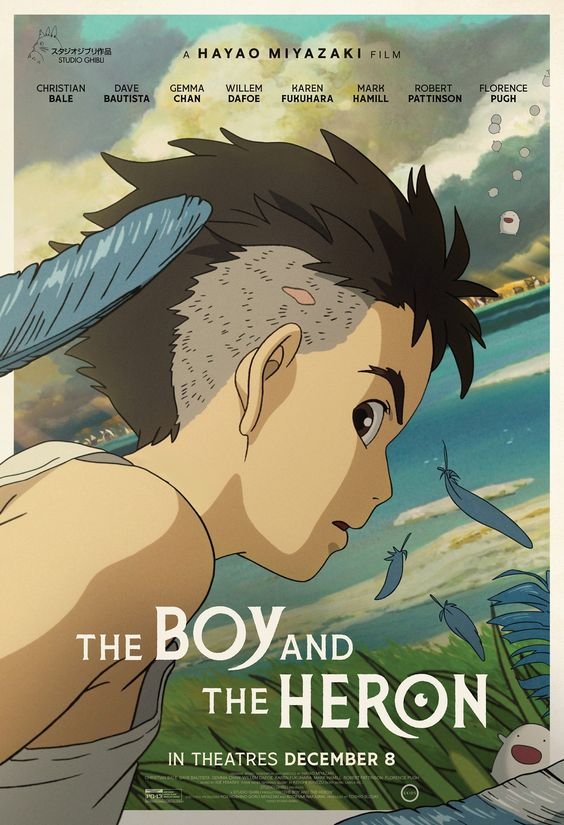
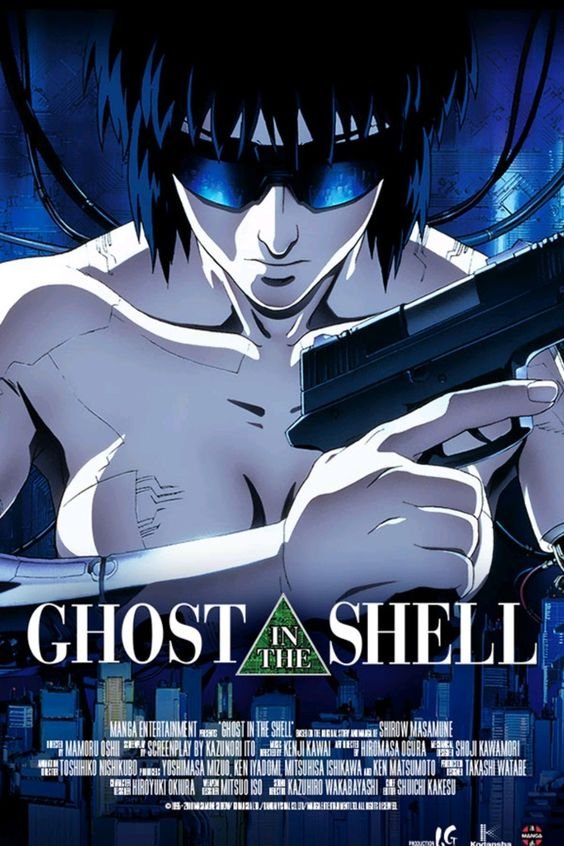
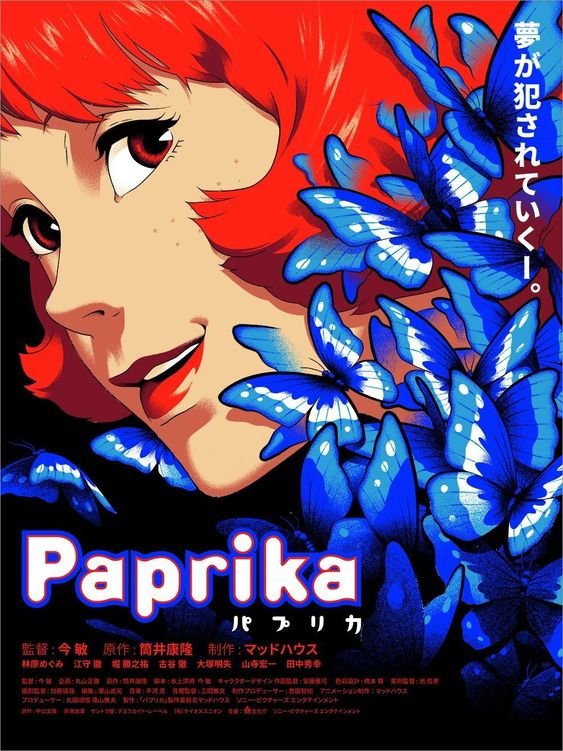
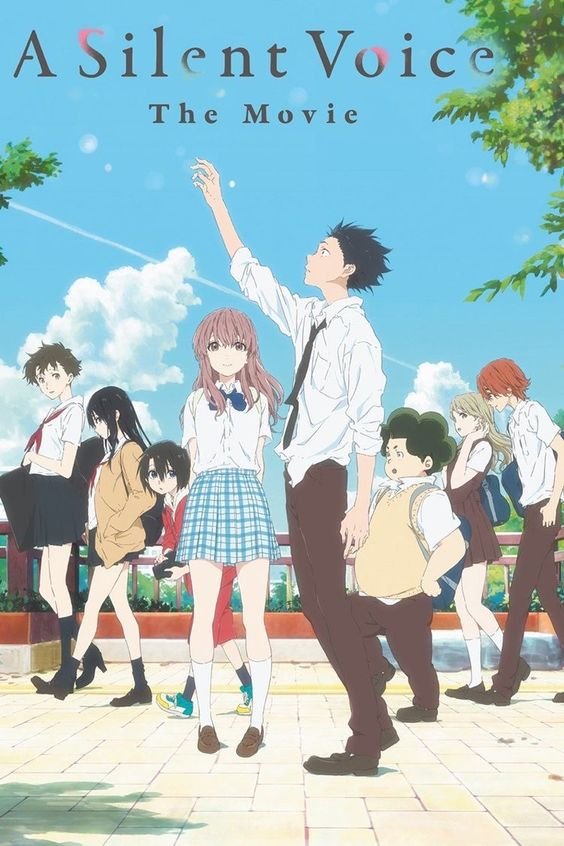
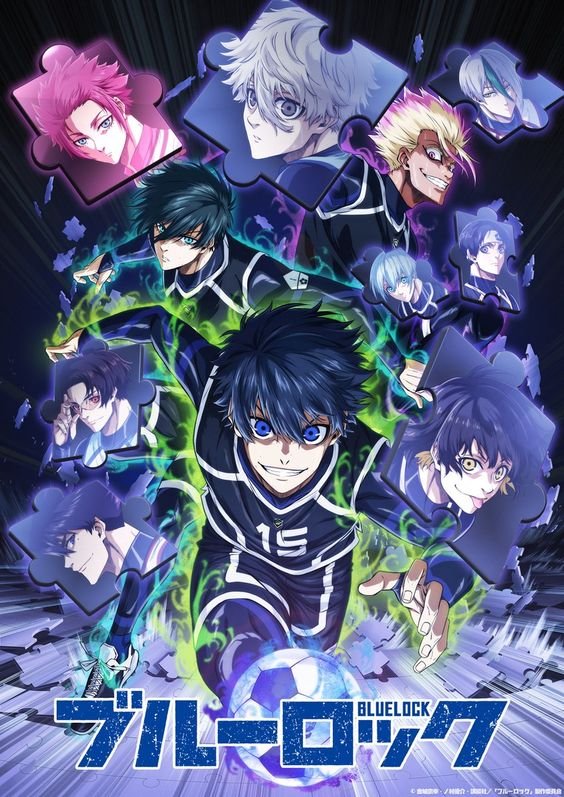
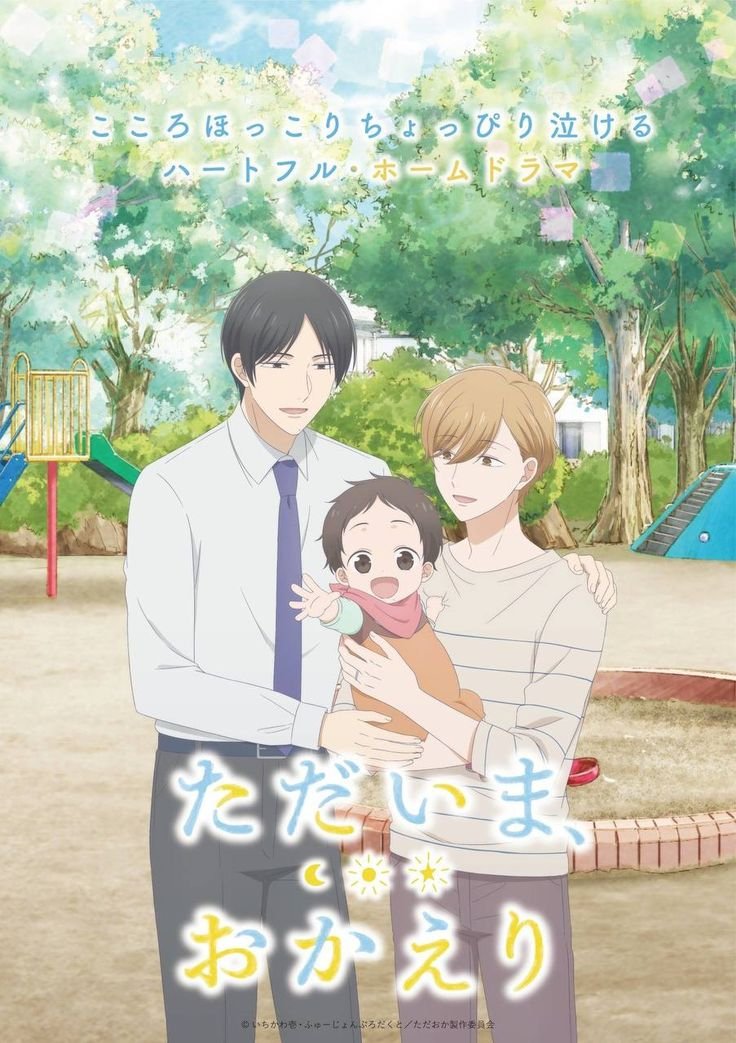
+ There are no comments
Add yours